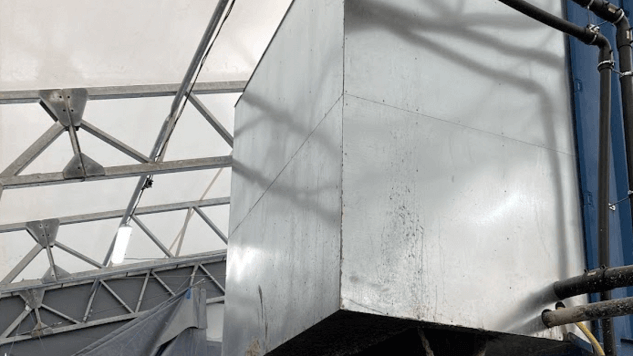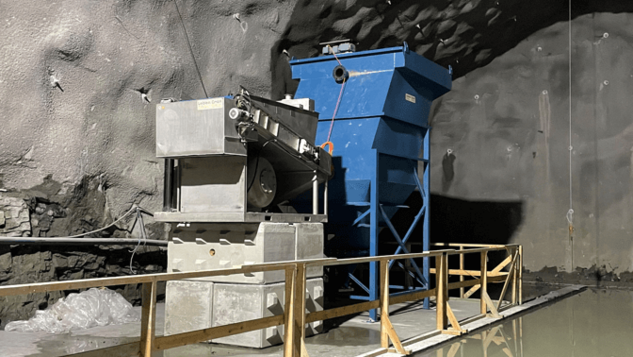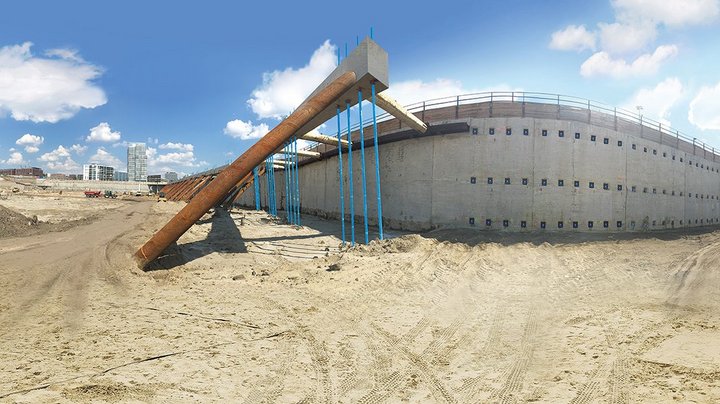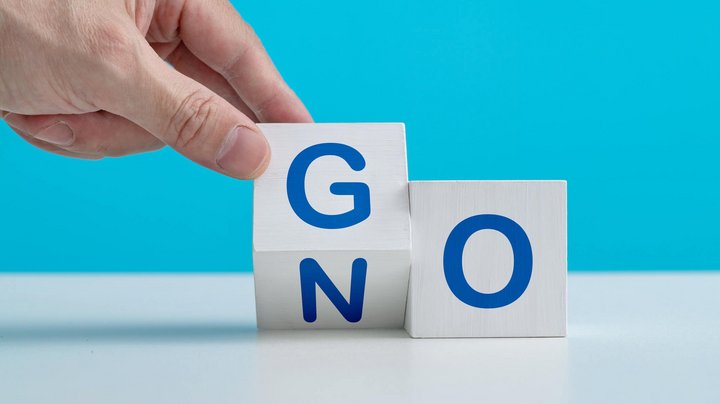With sewage sludge recycling to the circular economy
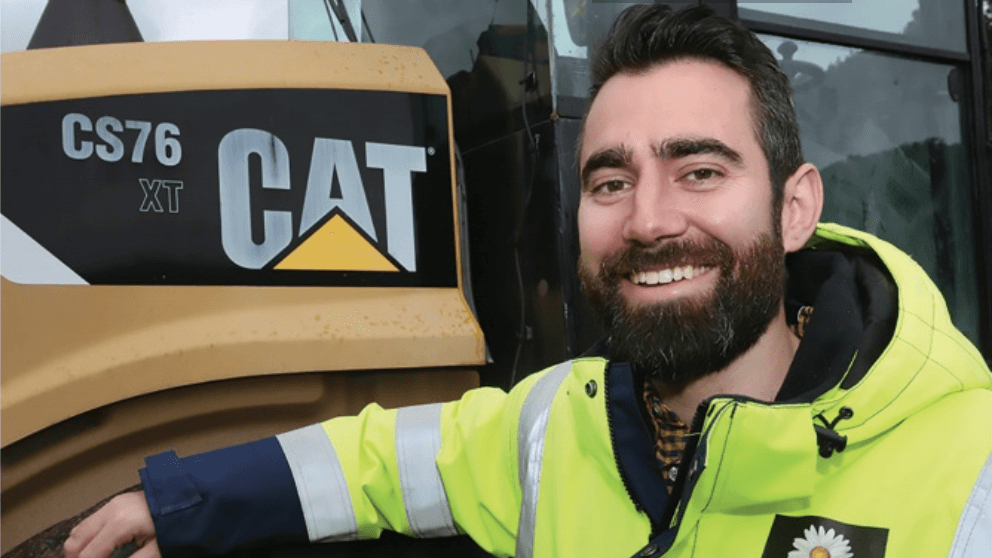
Similar to a coffee filter, the treatment process removes water from the sludge, leaving only dry matter. This allows the sludge, which was previously treated as waste, to be recycled by first being extracted and then transported to the landfill. The dry mass that remains after the sludge has been filtered has been used - with the approval of the District Administrator - as side fill. Results to date show that this has significant sustainable value.
"We estimate that we have produced about 300 to 400 cubic meters of solids so far in the project. Generally, ordinary sludge has a water content of 70 percent, compared to only 20 percent in dry solids. We have extracted about 700 cubic meters of sludge, which is equivalent to 59 sludge trucks. We expect to have produced around 3,000 cubic meters of solids at the end of the project, which represents a significant environmental and cost saving," explains Adrian V. Morsund, Tunnel Construction Manager at E39 Lyngdal.
Towards more ecological construction sites
The recycling of sewage sludge is part of a pilot project sponsored by the highway company Nye Veier: different ways are being sought to lead to a more sustainable construction site. Sludge recycling operated by Implenia in Lyngdal started in 2022 and will last until 2024, when construction of the tunnels is completed. However, there are also talks of using this method of recycling sewage sludge for the upcoming Rogfast project.
Sewage sludge recycling methods compared
There are two methods of recycling sludge in Lyngdal, which was one of the reasons Nye Veier was willing to sponsor the project. One method was developed by the German company Leiblein, the other by the Norwegian company Skild. One goal of the pilot project is to compare the two methods so that the work on recycling sewage sludge also has research weight.
"The work has cost a lot of resources and material, which is natural since this type of sludge treatment is fairly new. Nonetheless, we calculated that it saves us a lot of money, not to mention emissions - especially after people have more drive in their work and spend less time doing it," Adrian says.
Applied circular economy
After filtering the water content from the sludge, that water is sent to a treatment plant where it is PH-neutralized and stripped of oil so it can be returned to nature. The goal is to reuse 100 percent of the dry matter that is processed from the sludge on site, says Adrian Morsund.
"In practice, we are creating a circular economy - central to society in general, but also especially to our industry, where sustainability is playing an increasingly important role," he concludes.
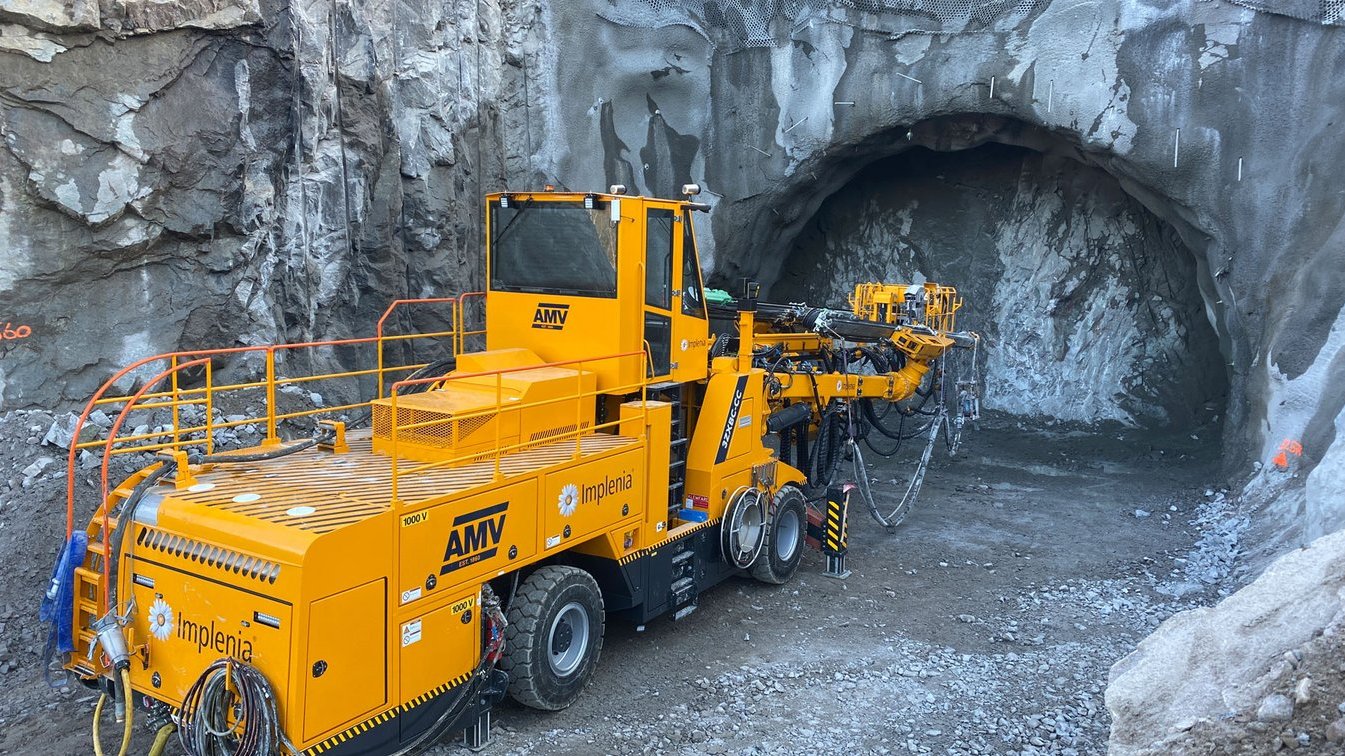
The E39 Lyngdal project
The E39 Lyngdal East - Lyngdal West stretches a total of 11 km from Herdal to Røyskår. The project involves a longer road section with several tunnels, bridges and complex infrastructure. The contract will be executed as a turnkey contract for Nye Veier. E39 Lyngdal Øst - Lyngdal Vest will be executed in a joint venture between Implenia Norge and Stangeland Maskin and with Sweco as consulting partner.

